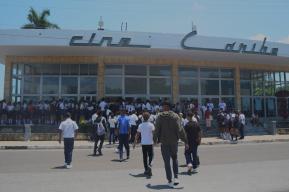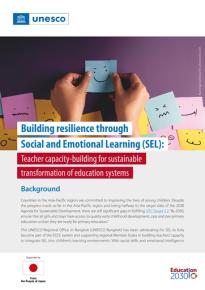Publication
Assessment of media development in Dominican Republic
ISBN : 978-92-3-300066-7 (print/pdf)
Collation : 203 p.

This study is based on UNESCO’s Media Development Indicators (MDIs), which constitute a useful tool to examine regulatory frameworks that favour freedom of expression, media pluralism and the safety of journalists in a given geographical context, while allowing the characterization of media infrastructure and dominant trends in the training of journalists.
This research, conducted between 2013 and 2015 by a team of academics, journalists and representatives of professional associations in the Dominican Republic, documents the main characteristics of the country's media landscape and offers concrete recommendations to update existing legislation in order to make it more plural and socially responsible.
The national media spectrum includes eight printed newspapers, eight television channels that transmit on the VHF frequency and 38 that transmit on the UHF band; 90 television companies for subscribers and 376 radio stations. To these media we must add hundreds of digital newspapers and other Internet portals, along with the use of important social networks. The ownership of these media is concentrated in a few hands, a situation that is aggravated by the corporate interests of their shareholders and the link that binds them to the economic and political power of the Dominican and foreign elites. The country needs to pay attention to the state of the media and verify whether they fulfil the so-called function of being “watchdogs of democracy.”









